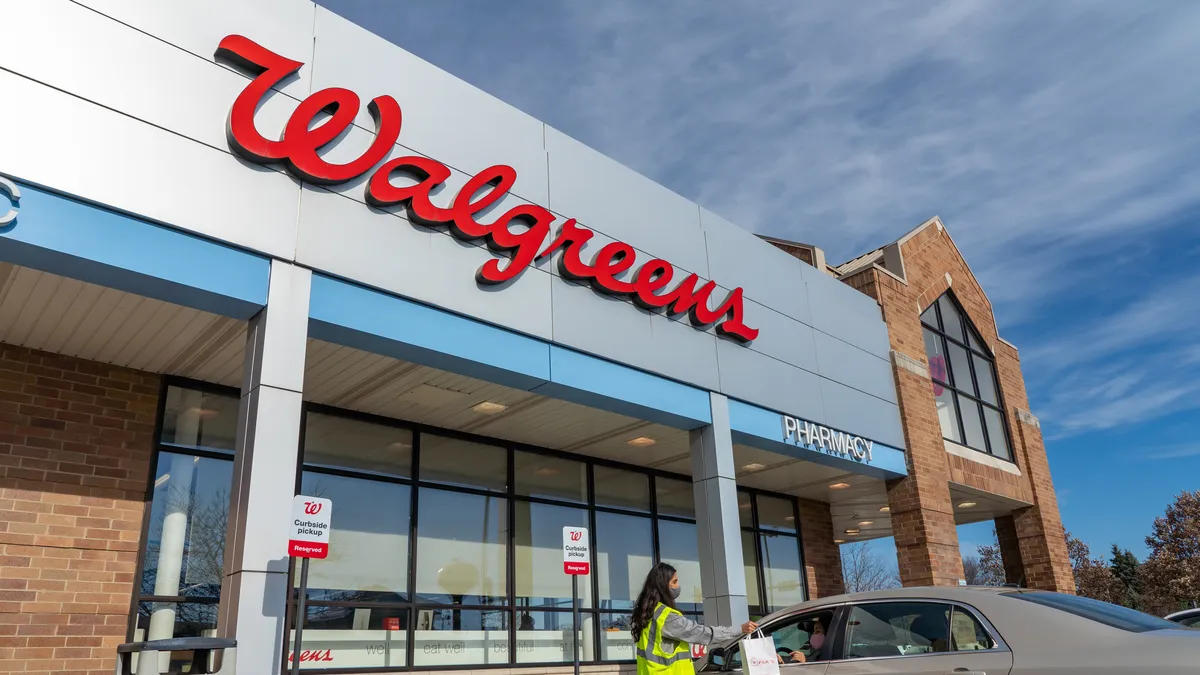Editor's note: The following is a guest post by Bob Hoyler, a senior research analyst at Euromonitor International. Views are the author's own.
On April 21st, The Wall Street Journal reported that Walmart, the largest retailer in the world by sales, had started to wind down operations of the large, automated pickup towers the company had previously installed at over 1,500 outlets across North America. The towers were designed to help drive growth of Walmart's buy online, pick up in store sales. The phasing out of the towers, however, signals the end of the BOPIS era across Walmart's North American store network. The reason for this is that consumers had increasingly made it clear they preferred a different click-and-collect service model: curbside pickup. According to a Walmart spokesperson, "The customer told us they want one pick-up spot, and they want that pick-up spot to be outside."
Of all the competing service models in the e-commerce space, the curbside pickup model is perhaps most uniquely suited to the realities of the North American retail landscape. Unlike BOPIS, which remains the dominant mode of click-and-collect service globally, curbside pickup allows for a customer with a vehicle to avoid stepping foot in potentially crowded stores altogether. In international markets, the requirement that a consumer must have access to a vehicle often acts as an impediment to the adoption of curbside pickup. Yet in the vast suburban and rural expanses of North America, where automobile ownership rates are high and driving is viewed by most residents as a necessary part of life, this tends to act more as a selling point for the service.
Although the curbside pickup model was already growing in popularity prior to the outbreak of COVID-19, adoption of the service skyrocketed in 2020. Over the course of the year, curbside pickup service expanded far beyond its bastion in the grocery space, as nonessential retailers tried to wring at least some revenue from their physical outlets during that period. Many consumers found they enjoyed the convenience the service provides, and a strikingly high share of consumers indicate they will continue to utilize curbside pickup beyond the pandemic. According to a June 2020 survey of North American consumers conducted by e-commerce platform operator Shopify, essentially the same share of respondents who reported using curbside pickup service during the COVID-19 pandemic (40%) plan to continue to use the service even after the pandemic passes (38%).
Retailers of all types would do well to develop their curbside pickup capabilities further, but some retailers seem to have had more success in rolling out the service than others. There are a handful of curbside pickup best practices that retailers may utilize to improve their prospects.
Update inventory in real time
Nothing dampens enthusiasm for curbside pickup faster than when a customer orders a product online only to find it is out of stock when they arrive at the store to pick it up. Retailers must ensure that they update the available inventory on their websites and mobile apps in real time, so customers cannot place an order for an item that might be out of stock when they arrive. This can be a tricky feat for small and independent retailers to manage on their own, but utilizing an e-commerce platform like Shopify that enables real-time inventory tracking can certainly help.
Provide easy-to-follow instructions
Although more North American consumers than ever before have now used curbside pickup, many have yet to try the service. Additionally, some who have used curbside pickup at one retailer may not be familiar with the protocols and procedures in place at another retailer. It is vitally important that retailers provide clear instructions on their websites and mobile apps outlining how to use curbside pickup at their stores. Retailers should also send a personalized email with detailed instructions on how to use the service to first-time curbside pickup customers.
Keep the customer in mind when setting pickup locations
While it might be more convenient for a retailer to designate an area around the back of the store near the loading dock as a curbside pickup location, this is rarely more convenient for the customer — and it risks making the customer feel as if they are not appreciated. Whenever possible, curbside pickup access points should be located in designated parking lot areas in front of the store, with signage clearly indicating where customers are expected to wait. Due to space constraints, this may not be possible for some urban stores to pull off, but retailers located in suburban and rural areas should make this a top priority.
Don't forget about impulse purchases
For retailers, one of the biggest drawbacks of adopting curbside pickup services is eliminating impulse purchasing occasions. As a result, retailers — particularly those in the grocery space — should ensure they provide suggestions to their customers as to additional items to purchase on their websites and mobile apps during the online checkout process. Ideally, this should take the form of a, "Did you forget any of these items?" page, referencing the customer's prior purchase history that pops up before the final checkout screen.
Additionally, retailers should consider allowing customers to add items to their basket once they check in via mobile app when they arrive at the store. To reduce complexity, retailers can provide a limited number of products for this purpose, allowing store associates to easily locate these additional items and load them into the customer's bags as needed.
North American retailers that follow these curbside pickup best practices will find they have an important competitive advantage in their fight to survive in the transformed post-COVID retail landscape.





















